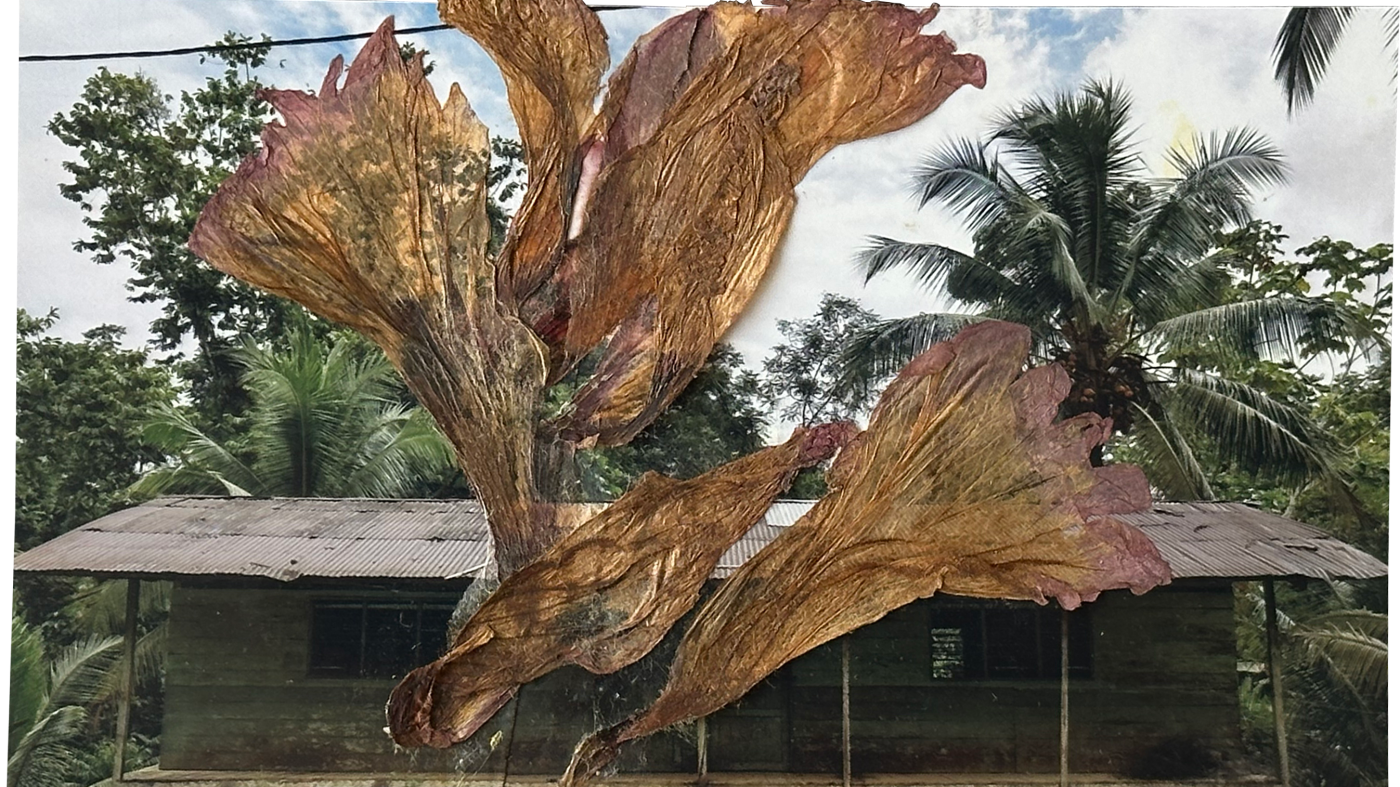The Woven Wound: Healing Traditions in Colombia
A Historical Tapestry of Traditional Medicine
Colombia, a country celebrated for its vibrant culture and stunning landscapes, possesses a rich heritage of holistic healing. This tradition, deeply rooted in the land’s biodiversity and ancestral wisdom, offers a unique approach to addressing both individual and collective trauma. Unlike conventional medicine, traditional Colombian healing practices emphasize a holistic connection between the individual, the community, and the environment.
For centuries, indigenous communities have relied on their profound understanding of the natural world to maintain health and well-being. This knowledge, passed down orally through generations, forms the foundation of traditional medicine. Plants, herbs, and minerals are not merely seen as remedies but as integral components of a complex ecosystem, each possessing unique energetic properties. This perspective contrasts sharply with the reductionist approach of modern allopathic medicine, which often focuses on isolating and treating specific symptoms rather than addressing the whole person.
The prevalence of traditional healing in Colombia is significant. A substantial majority of ailments are initially addressed through these methods before seeking conventional medical intervention. This trend indicates a deep-seated trust in and accessibility of these practices, particularly within rural areas and among indigenous populations. Colombia’s diverse geography—encompassing the Andean mountains, Amazon rainforest, and Caribbean coastline—contributes to an exceptionally rich variety of medicinal plants, further solidifying its position as a hub for herbal traditions.
The Symbolic Power of Torn and Mended Photographs
A compelling and innovative healing ritual gaining prominence in Colombia involves the deliberate tearing and mending of photographs. This practice, documented by photographer Fernanda Pineda, is a powerful metaphor for the process of healing fractured lives and communities. The act of tearing photographs—images of loved ones, homes, or significant places—and then meticulously sewing them back together is not just about repairing a damaged image; it symbolizes the effort required to rebuild, reconcile, and restore wholeness.
The tearing represents the pain, trauma, and fragmentation experienced by individuals and the collective psyche. The subsequent act of stitching, a deliberate and painstaking process, symbolizes the effort required to rebuild, reconcile, and restore wholeness. This practice resonates deeply within a country that has experienced decades of conflict and social upheaval, offering a visual and tactile pathway to processing grief and fostering resilience. It is a tangible representation of mending psychic wounds, acknowledging the damage while actively working towards repair.
The Herbal Pharmacy of Colombia
Alongside the symbolic rituals, the practical application of herbal remedies remains central to Colombian traditional medicine. A wealth of plants are utilized for their medicinal properties, addressing a wide range of ailments. Several herbs stand out as particularly prominent in Colombian healing traditions:
- Ruda (Rue): Often employed in rituals for protection and warding off negative energies.
- Hierba Buena (Mint): A versatile herb used to soothe digestive issues and promote overall well-being.
- Romero (Rosemary): Valued for its cleansing properties and association with memory and clarity.
- Peppermint: A common remedy for stomach pain and headaches, frequently recommended by Colombian grandmothers.
- Chamomile: Used to alleviate insomnia and anxiety, offering a gentle path to relaxation.
These herbs are readily available in markets like Paloquemao in Bogotá, demonstrating the continued integration of herbal medicine into daily life. Beyond these common examples, the Amazon rainforest serves as a “divine pharmacy,” offering a vast and largely untapped reservoir of medicinal plants utilized in ceremonies and traditional practices like Ayahuasca rituals.
Ayahuasca and Shamanic Traditions
The practice of Ayahuasca, a psychoactive brew originating in the Amazon region, holds a significant place in Colombian traditional medicine. Rooted in shamanic religions, Ayahuasca ceremonies are believed to facilitate profound healing experiences, offering insights into the root causes of illness and promoting spiritual cleansing. Colombia, alongside Brazil and Peru, is a key location for these ceremonies, attracting individuals seeking alternative approaches to mental and emotional well-being.
The Amazon is viewed not merely as a forest but as a source of healing, a place where the natural world offers a pathway to transformation. Shamanic traditions, deeply embedded in the cultural fabric of Colombia, provide a framework for understanding and addressing the emotional and spiritual dimensions of health. These practices emphasize the interconnectedness of all living things and the importance of maintaining harmony with the natural world.
The Enduring Relevance in a Modern World
Despite the advancements of modern medicine, traditional healing in Colombia continues to thrive. This is not a rejection of conventional healthcare but rather a recognition of the limitations of a purely biomedical approach. Traditional practices address the emotional, spiritual, and social dimensions of health, offering a more holistic and personalized form of care.
The enduring popularity of these traditions speaks to a deep cultural connection to the land, a reverence for ancestral knowledge, and a desire for healing that extends beyond the physical realm. The combination of symbolic rituals, like the mending of photographs, and the practical application of herbal remedies provides a powerful framework for navigating trauma, fostering resilience, and promoting overall well-being within Colombian communities.
A Legacy of Healing
Colombia’s traditional healing practices represent more than just a collection of remedies and rituals; they embody a profound worldview that emphasizes interconnectedness, respect for nature, and the enduring power of the human spirit. The weaving together of torn photographs, the careful selection of healing herbs, and the ancient wisdom of shamanic traditions create a unique and compelling tapestry of healing. This legacy continues to offer solace, strength, and hope to individuals and communities navigating the complexities of life.
This enduring tradition serves as a potent reminder of the profound healing potential that lies within the natural world and the collective wisdom of generations. In a world increasingly dominated by technology and rapid change, Colombia’s traditional healing practices offer a timeless and deeply meaningful path to wellness and wholeness.

